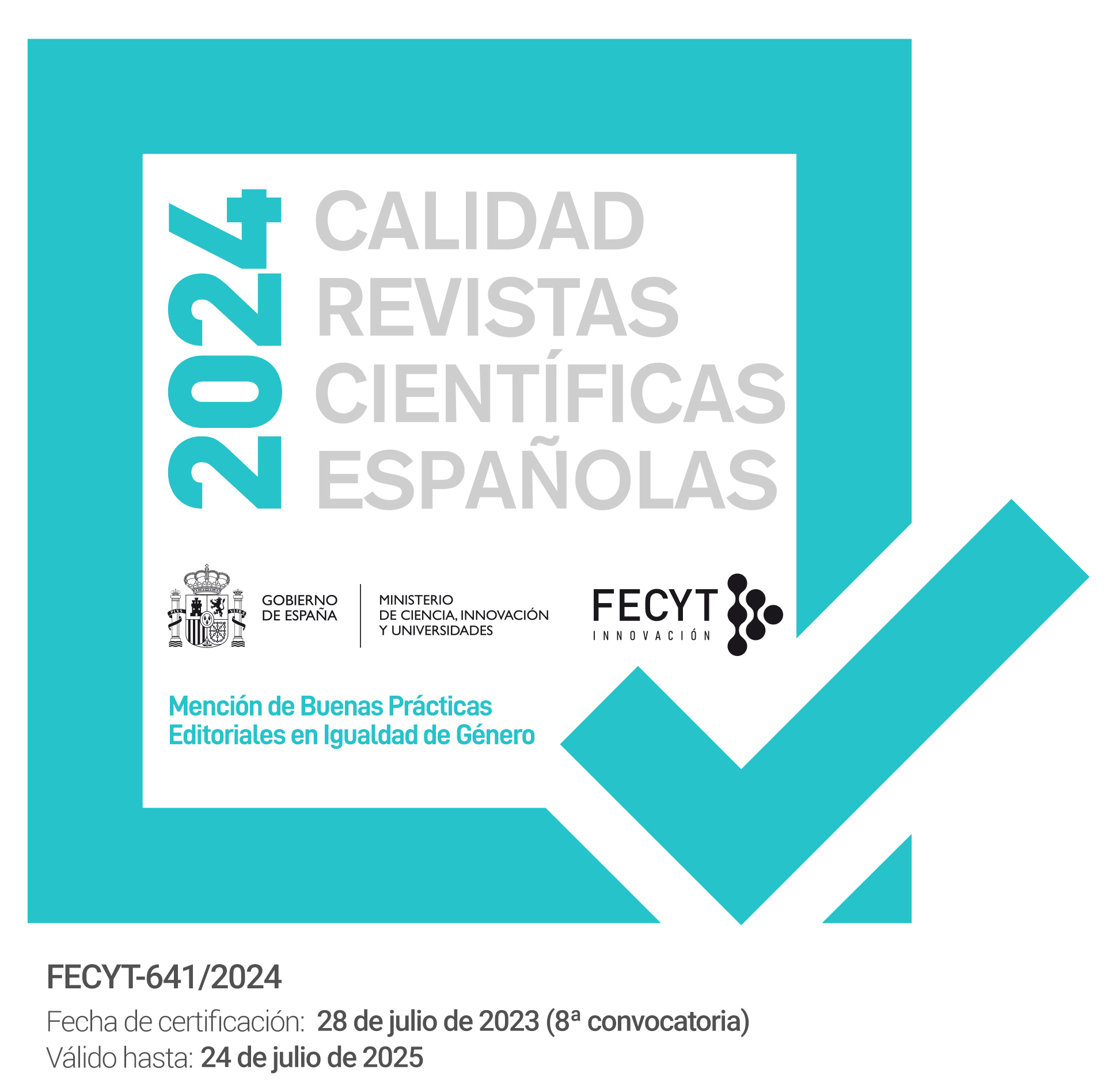¿Cómo se asimilan las preposiciones propias italianas? Acercamiento a la cuestión a partir del análisis del output de aprendices hispanohablantes de italiano/LE en la primera fase de su interlengua
DOI:
https://doi.org/10.12795/PH.2007.v21.i01.03Abstract
El objetivo de nuestra contribución es presentar un análisis del caudal lingüístico de un grupo de aprendices hispanohablantes de italiano/LE en la primera fase de su interlengua y en una prueba de producción escrita, centrándonos en el uso que hacen de las llamadas preposiciones propias del italiano. Para llevar a cabo el estudio, nos hemos basado en los métodos del Análisis de Errores y de la Interlengua, teniendo también presentes las observaciones del Análisis Contrastivo. Recogimos todas las frases en las que aparecía una preposición y también aquéllas en las que debería haber aparecido. Se analizaron los usos correctos, los usos incorrectos, las preposiciones más usadas y con qué valores, las preposiciones menos usadas, las nunca usadas, las preposiciones que ofrecían más dificultad, los errores cometidos en el empleo de cada preposición, los complementos que presentaban mayor porcentaje de error y las estrategias empleadas por los aprendices cuando carecen todavía de recursos en la lengua meta. De los resultados se extraen algunas conclusiones que pueden ser de utilidad para la práctica docente.
ABSTRACT
The objective of our contribution is to present an analysis of the output of a group of Spanish-speaking learners of Italian as a foreign language in the first phase of their interlanguage and in a test of written production, in which we focus on the use they make of the so-called proper prepositions of Italian. To carry out this study, we have based it on Error Analysis and Interlanguage Analysis methods, and we have likewise considered the observations of the Contrastive Analysis. We included all the sentences in which a preposition appeared, and also those in which a preposition should have appeared. An analysis was made of the correct uses, the incorrect uses, the most-used prepositions and their values, the least-used prepositions, those never used, the prepositions that presented the most difficulty, the errors made when using each preposition, the complements that showed the greatest error percentage and the strategies used by the learners when they still lacked resources in the target language. Some conclusions are reached, which can be useful for the teaching practice.
Downloads
Downloads
Published
How to Cite
Issue
Section
License
The printed and electronic editions of this Journal are edited by the University of Seville Editorial, and the source must be cited in any partial or total reproduction.
Unless otherwise indicated, all the contents of the electronic edition are distributed under a license of use and distribution “Attribution-NonCommercial-NoDerivatives 4.0 International” . You can view the informative version and the legal text of the license here. This fact must be expressly stated in this way when necessary.
Authors who publish in this journal accept the following conditions:
- The author/s retain copyright and grant the journal the first publication right, and accept it to be distributed with the Creative Commons By NC ND 4.0 licence, which allows third parties to use what is published whenever they mention the authorship of the work and the first publication in this journal and whenever they do not make commercial use and reuse it in the same way.
- Authors can make other independent and additional contractual agreements for the non-exclusive distribution of the article published in this journal (e.g., include it in an institutional repository or publish it in a book) provided they clearly indicate that the work was published for the first time in this journal.
Authors are allowed and recommended, once the article has been published in the journal Philologia Hispalensis (online version), to download the corresponding PDF and disseminate it online (ResearchGate, Academia.edu, etc.) as it may lead to productive scientific exchanges and to a greater and faster dissemination of published work (see The Effect of Open Access).
- Abstract 98
- PDF (Español (España)) 46







